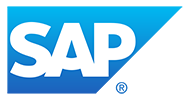Learn how to enhance front-end field visibility in Workday using CloudApper hrPad. This guide helps HR teams make calculated field outcomes transparent, predictable, and actionable, improving clarity and reducing confusion in daily operations.
Table of Contents
Workday calculated fields (CFs) are a powerful way to build conditional logic and workflow rules—but the way they influence front-end processes is often unclear. For HR teams and business users, this creates confusion and frustration when a calculated rule silently affects a submission, approval, or routing decision.
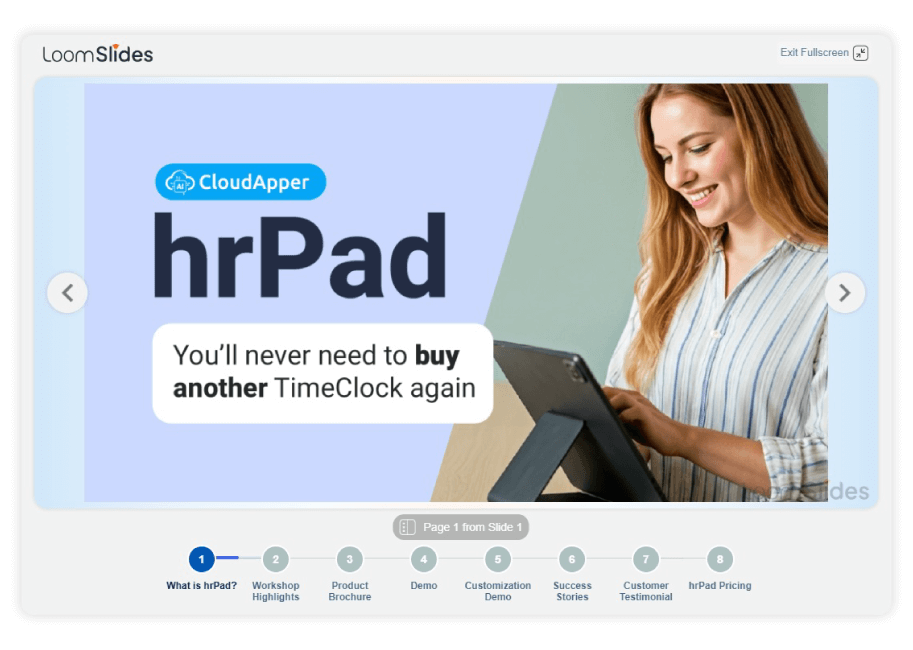
For more information on CloudApper hrPad visit our page here.
This guide explains how to enhance Front-End Field Visibility in Workday using CloudApper hrPad, making calculated field outcomes more transparent, predictable, and actionable in daily HR operations.

Step 1: Identify High-Impact Calculated Fields
Start by reviewing calculated fields used for:
- Time off eligibility
- Compensation routing rules
- Custom approval chains
- Leave validation
These fields often affect decisions in real time but are hidden from the end user. Prioritize exposing the outputs of these CFs in your front-end interface.
Step 2: Integrate CloudApper hrPad with Workday Workflows
Install CloudApper hrPad on tablets or internal kiosks used by HR partners and managers. It integrates with Workday data sources and allows real-time display of CF-driven values during HR transactions.
Step 3: Configure Field Output Displays
Use hrPad to show CF-derived values such as:
- Leave balance validation
- Termination eligibility flags
- Compensation triggers
For example, during a time off request, hrPad can display the derived balance based on a CF—even if Workday hides it natively.
Step 4: Add Real-Time Warnings for Rule Breaks
When a CF indicates a block or exception (e.g., requesting too much time off), configure hrPad to display a prompt:
Your request may not route correctly due to a plan restriction. Please verify or contact HR.
This prevents silent failures and improves data accuracy.
Step 5: Enable HR Reviewer Dashboards
Set up hrPad dashboards for HR partners to:
- Review CF-based outcomes during approvals
- View explanations for conditional logic
- Take corrective action before submission
This makes every approval more informed and reduces post-submission confusion.
Step 6: Track CF Behavior Without System Access
While Workday may not list every place a CF is used—especially in integration overrides—hrPad surfaces how the field is functioning at the user level. This makes HR less reliant on system audits and more proactive with troubleshooting.
Step 7: Audit and Refine Based on Usage
Over time, use hrPad analytics to:
- Identify which CFs frequently trigger warnings
- Spot recurring issues caused by hidden logic
- Decide which logic should be exposed earlier in the process
This closes the loop between backend configuration and user experience.
Final Thought
Improving front-end field visibility in Workday starts with making calculated field logic understandable at the point of use. CloudApper hrPad helps HR teams bridge that gap by turning backend rules into clear, visible, and actionable prompts—reducing rework and increasing process clarity.
What is CloudApper AI Platform?
CloudApper AI is an advanced platform that enables organizations to integrate AI into their existing enterprise systems effortlessly, without the need for technical expertise, costly development, or upgrading the underlying infrastructure. By transforming legacy systems into AI-capable solutions, CloudApper allows companies to harness the power of Generative AI quickly and efficiently. This approach has been successfully implemented with leading systems like UKG, Workday, Oracle, Paradox, Amazon AWS Bedrock and can be applied across various industries, helping businesses enhance productivity, automate processes, and gain deeper insights without the usual complexities. With CloudApper AI, you can start experiencing the transformative benefits of AI today. Learn More
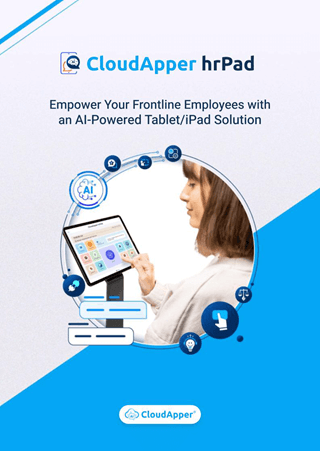
Brochure
CloudApper hrPad
Empower Frontline Employees with an AI-Powered Tablet/iPad Solution
Download Brochure
CloudApper AI Solutions for HR
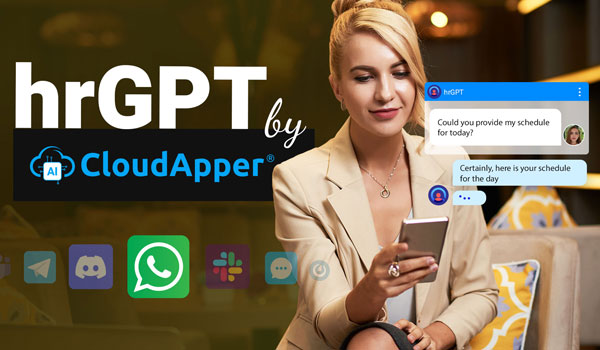
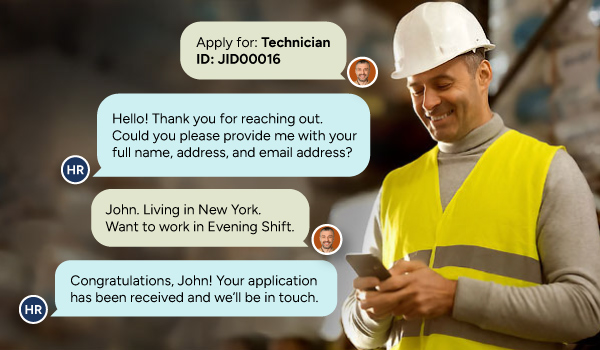

- Works with
- and more.
Similar Posts

Solving the Substitute Shortage: How CloudApper hrPad is Fixing Absence…

Why hrPad Is the Backbone for Labor Law Compliance in…





